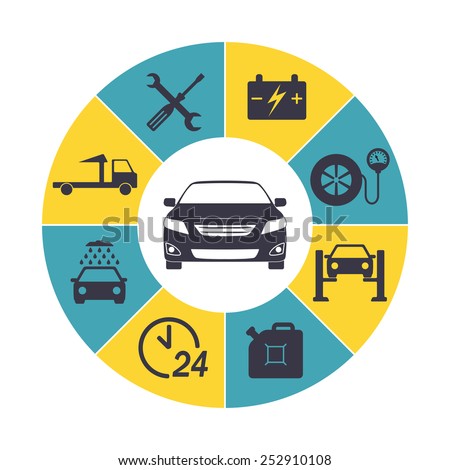An Introductory Guide To Decoding Your Vehicle'S Warning Indicators
An Introductory Guide To Decoding Your Vehicle'S Warning Indicators
Blog Article
https://www.wcax.com/2022/01/11/schuyler-falls-auto-repair-shop-destroyed-fire/ -Udsen Drake
When you're behind the wheel, those little caution lights on your cars and truck's dashboard can be quite perplexing. What do https://edgarieytn.blogs100.com/30406391/the-ultimate-guide-to-automobile-explaining-necessary-steps-for-a-showroom-shine mean, and should you be worried? Comprehending https://brake-service-near-me84283.buyoutblog.com/30002353/discover-exactly-how-to-decode-car-warning-lights-and-tackle-prospective-issues-with-confidence is crucial for your car's wellness, but it doesn't have to be a daunting task. By translating the mystery behind each light, you'll be furnished to take care of prospective issues properly and maintain your car running efficiently. So, next time a warning light flashes, don't panic - arm yourself with understanding and take control of the scenario.
Significance of Vehicle Caution Lights
Recognizing the significance of your auto's warning lights is vital for preserving your car's health and safety. These lights serve as your auto's communication system, notifying you to potential issues that could threaten your safety and security when driving or lead to pricey repairs if neglected. By paying attention to these cautions, you can attend to troubles early and stop further damages to your car.
Disregarding cautioning lights can cause serious effects, such as engine failure, brake breakdowns, or perhaps crashes. These lights are made to notify you of concerns ranging from low tire pressure to engine breakdowns, offering you the opportunity to do something about it before the situation gets worse. Regularly inspecting and comprehending these warnings can conserve you time, cash, and ensure your security while driving.
Along with maintaining you risk-free, reacting promptly to warning lights can additionally aid prolong the lifespan of your cars and truck. By dealing with issues early on, you can prevent tiny troubles from intensifying into significant fixings, ultimately saving you time and money in the future. Remember, your automobile's caution lights are there for a factor - don't disregard them!
Common Warning Lighting and Meanings
When it comes to driving your automobile, understanding usual warning lights and their meanings is crucial for your security and automobile upkeep. Below are a few common caution lights you might run into:
1. ** Examine Engine Light **: This light shows a problem with your engine. Maybe something small like a loose gas cap or something extra serious like engine misfiring.
2. ** Battery Light **: This light signals a problem with your auto's billing system. It might show a defective battery, alternator, or other related components.
3. ** Oil Stress Light **: When this light comes on, it means your engine may be running low on oil or experiencing low oil pressure, which can lead to engine damage if not dealt with promptly.
4. ** Brake System Light **: This light shows a problem with your stopping system. It might imply low brake fluid degrees or a trouble with the brake system that needs prompt interest.
Comprehending these usual warning lights will certainly assist you recognize possible problems beforehand and prevent even more considerable problems down the road.
How to React To Caution Lighting
In the event that a warning light illuminates on your automobile's dashboard, it's crucial to respond without delay and suitably. When a caution light comes on, the first step is to consult your owner's manual to comprehend the specific problem indicated by the light.
Some lights call for prompt attention, while others might suggest a less urgent issue. If the warning light is red or flashing, it's normally an indication of a significant issue that requires prompt activity. In such cases, it's suggested to pull over securely, switch off the engine, and look for professional assistance.
For yellow or orange caution lights, while they may not require prompt focus, it's still crucial to deal with the underlying problem without delay to avoid further damage. Normal maintenance and examination can help stop advising lights from beginning unexpectedly.
Conclusion
In conclusion, recognizing your auto's warning lights is vital for preserving your car's health and wellness. By consistently examining and responding to these cautions, you can deal with prospective issues early and avoid costly repair services or safety risks. Keep in mind to consult your owner's guidebook for details on various warning lights and constantly take instant activity for red or blinking lights. Keep proactive and keep your auto running smoothly!
